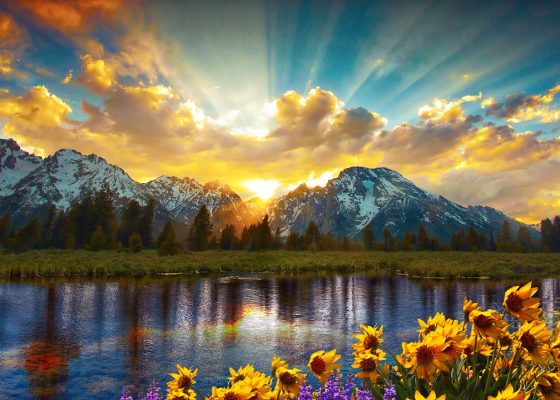
- August 5, 2025
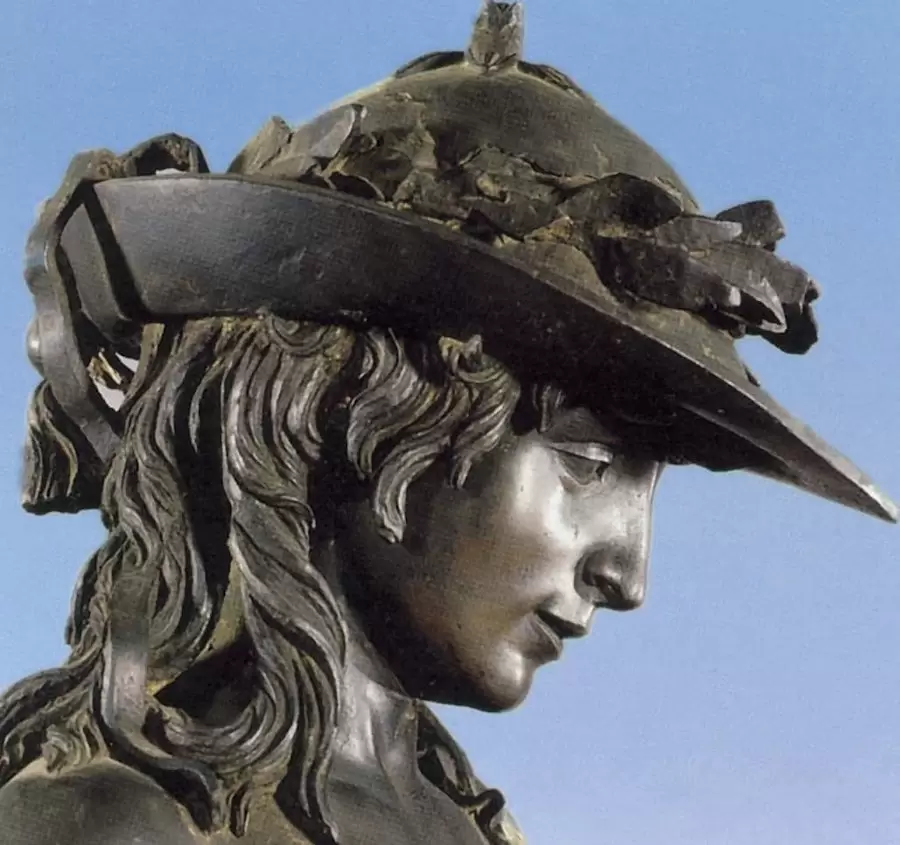
By Marina Valcárcel, Marina Valcarcel
Florence, during the first decades of the fifteenth century, was the axis around which the world turned. In among its twenty neighbourhoods with their gonfaloniers, their streets and palaces, their churches and houses, Alberti was writing his treatise “On Painting”, Masaccio had painted the Brancacci Chapel frescoes and his Holy Trinity adorned Santa Maria Novella church, Ghiberti completed the North Door of the Baptistery and Brunelleschi crowned Florence cathedral with a dome which, using never-before-seen techniques, he made to float in its enormity above the Santa Maria del Fiore apse. The year was 1436.

Meanwhile, in his small workshop on the banks of the Arno, Donatello sculpted the relief of the plinth of Saint George of Orsanmichele. His mastery was to forever revolutionize the principles of sculpture. Six hundred years later, Florence returns light to a world full of darkness with one hundred and thirty works on display throughout the Strozzi Palace and the National Museum of Bargello, in a historic and unrepeatable tribute to its sculptor son. The exhibition carries the name: Donatello, the Renaissance. *

Donato di Niccolo di Betto Bardi – Donatello being the nickname given him by his family – was born in Florence in 1386. The Donatello family lived on the south bank of the Arno river and were members, through Niccolò (father) and Betto (grandfather), of the wool carders’ guild, one of the most influential in Florentine society at the time. From an early age, he worked with a local goldsmith through whom he discovered metal alloys, while also learning how to sculpt from the stone carvers working on the construction of the Santa Maria del Fiore cathedral. In 1403, he entered the workshop of Lorenzo Ghiberti, a sculptor in bronze who had, the year before, won a competition to create the Gates of Paradise for the Baptistery. Donatello had collaborated with him and had since become friends with Filippo Brunelleschi with whom he travelled to Rome. Little is known about this trip except that, by aiding in the excavation of the ruins of the ancient Empire, Donatello acquired a profound understanding of the ornamentation and classical forms of Roman sculpture, movement, fabric and gesture. This apprenticeship, together with the tutorship of Ghiberti – the greatest exponent of an international Gothic style typified by smooth, curved lines – had a marked impact on the sculptor’s style which would evolve into the life-size marble “David” that kickstarts the Florence exhibition today.

The first room of the Strozzi Palace is breathtaking. “David” (1408), centre stage, was carved by Donatello in his early twenties. He had received a commission for a monumental figure of the King of Judea to form part of a row of statues to act as guardians of the Duomo, anchored atop the buttresses as if miraculously silhouetted against the sky. The work was completed by the end of the same year with all that remained being to lift it into place. As soon as the scaffolding was erected, however, it was found to be too small to create the desired impact. At that elevation, the six-foot high prophet statues looked insignificant. For this reason, the David was positioned in a new, unexpected and more worthy location. The figure of the young biblical hero, also one of the symbols of the Florentine Republic, was purchased by the government for its headquarters in the Palazzo della Signoria. Standing him on a pedestal at ground level proved to better highlight the slight twisting of the torso, the flexing of the leg and an oblique, frowning stare gazing into space. In this exhibition room, the enormous head of Goliath with a rock embedded in his forehead at David’s feet is at eye level. And on looking up, we see two chilling crucifixes in painted wood flanking the statue of David. On the left, Donatello’s (1408) and on the right, Brunelleschi’s (1410).

The sculptor’s outlook was maturing. His work was moving away from the Gothic tradition and towards a more personal, more solid style. The years from 1411 to 1413 saw a radical shift in his art that broke free with transformative force. Brunelleschi and Donatello spent hours observing the multiple panoramas and buildings of Florence. Brunelleschi was beginning to understand how geometric shapes underlie the relationship between humans and their environment. Donatello would convey these conclusions through the medium of sculpture. Both artists were luminaries in the discovery of perspective.

Donatello now began creating a brand new way of sculpting that he would apply for the first time to the “St George and the Dragon” in the predella panel of the Armaioli tabernacle in Orsanmichele Church and which he chiselled out using “soft stiacciato” (“flattened out”), as Vasari termed it. This technique involved the shallow carving of a relief whose depth and surface projection gradually increased towards the foreground where the figures and objects are closest and the most prominent. In the background, the shapes are just a few millimetres deep, hardly more than a slight incision.
From then onwards, he introduced the “stiacciato” method to his reliefs which were admired throughout Florence and paved the way for other sculptors, inlayers and painters. Brunelleschi’s laws of perspective, applied using this technique, allowed the sculptor to virtually and optically multiply space with a hitherto unknown sensory illusion of reality, creating a revelation between the viewer and the work.

In the third room of the Strozzi Palace, behind the “Attis Amorino”, we find the bas-relief of “The Pazzi Madonna” (1422), chosen to be the poster for the exhibition. It is one of the most emotive interpretations of the Madonna and Child of the Renaissance. The mother, with a profile and veil reminiscent of Ancient Greece, holds her son in her arms and brushes her face against his in a gesture of intense sweetness. Her eyes, in which the tragic events at Calvary can be read, are fixed on those of the child she embraces with hands seemingly desperate to protect him. The child, oblivious, smiles showing his milk teeth and clutches his mother’s veil with total naturalness.

Also in this room is a small golden panel of brilliant virtuosity – a relief depicting “The Feast of Herod” (1423) from the Baptistery of Sienna. Donatello designed here, as never before, a scene with a Brunelleschian perspective in which the arrangement of the figures and the narration take place in four gradations of depth on a bronze plate. We can see, on approaching the work from the side, that it is no more than a couple of fingers thick but within those few centimetres, a whole story is taking place beneath the arches of a palace’s myriad rooms. In a foreground full of details, characters and gestures, Herod holds out his arms in rejection while a kneeling servant presents him with the head of John the Baptist on a platter. The rest of the characters allow the sculptor to portray an array of hairstyles, drapery, hand movements, musical instruments and terrified children fleeing the scene via its frame.

The Bargello Palace was built in 1255 as the seat of the Florence Consistory and was later used as a prison. The Greater Council Room is presided over by three Donatello works – “Saint George”, set in a high niche where he appears solemn and distant, his torso turned slightly and his frown focussed somewhere in the distance; “Marzocco”, the emblematic lion of the city and the bronze “David” that presides over this grand Gothic room.

This “David” was a statue designed to be raised on a column and viewed from below. When Donatello thought of reviving this motif, the idea of a column, of bronze metal and of a nude figure became paramount. His choice was of a noble biblical character, prototype of Christ and emblematic shepherd of the Florentina libertas. Donatello deliberately distorted his sculpture’s body in order for it to be perfectly proportioned when seen at this level. The victor thus floated above Goliath’s severed head while he gazed vainly at the crowd.

“David” was a statue designed to be raised on a column and viewed from below. When Donatello thought of reviving this motif, the idea of this column, of bronze metal and of a nude figure became paramount. His choice was of a noble biblical character, prototype of Christ and emblematic shepherd of the Florentina libertas. Donatello deliberately distorted his sculpture’s body in order for it to be perfectly proportioned when seen from eye level. The victor thus floated above Goliath’s severed head while he gazed vainly at the crowd.
“David”, cast for Cosimo de’ Medici, symbolizes among other things the relationship between the sculptor and the illustrious Florentine family. The ambition of Cosimo and Lorenzo de’ Medici, fulfilled in 1434 with the return of the brothers from exile and materialized in the commissioning of a work that symbolized power. At first, this “David” presided over the main entrance of the “Casa Vechia” but was later transferred to the new palace on the Vía Larga. It was the first in-the-round nude figure sculpted in Italy since the Roman Empire. The adolescent, a disdainful ephebe whose fine face is framed by cascades of curls, wears a picturesque hat and a dismissive smile whilst his posture, in slight contrapposto, is an audacity of balance.
All decisions concerning “David” were always made with the agreement of Cosimo the Elder, Donatello’s main supporter and patron. Vasari tells us that Donatello died “in his little house on the Via del Cocomero”, near the site now occupied by the Galleria dell’Accademia. By then he had already completed what would be his very last work, the impressive pulpits of San Lorenzo, the church linked to the Medici. His workshop was located next to the Opera di Santa Maria del Fiore. He had previously moved too many times to mention here but his final resting place has never changed. It is inside the crypt of San Lorenzo, just a few metres from the tomb of Cosimo the Elder.

*The article is a review of the historical exhibition, between March and July 2022, in Florence, of Donnatello’s work. Organized by Fondazione Palazzo Strozzi and the Museo Nazionale del Bargello.
(Translated from the Spanish by Shauna Devlin)
Original Publication: Alejandra de Argos

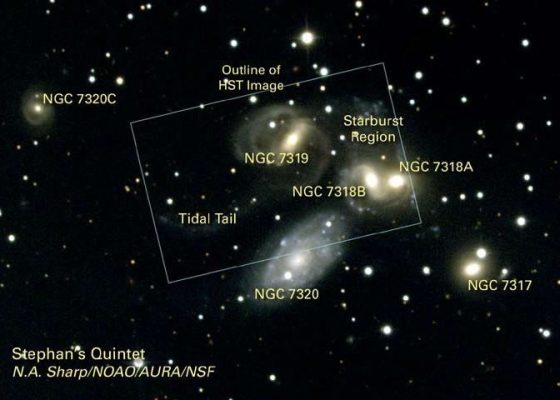
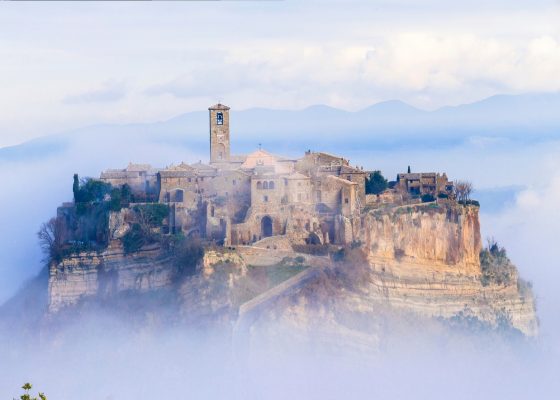
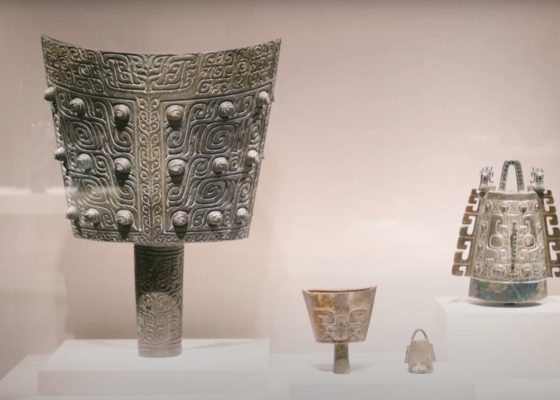

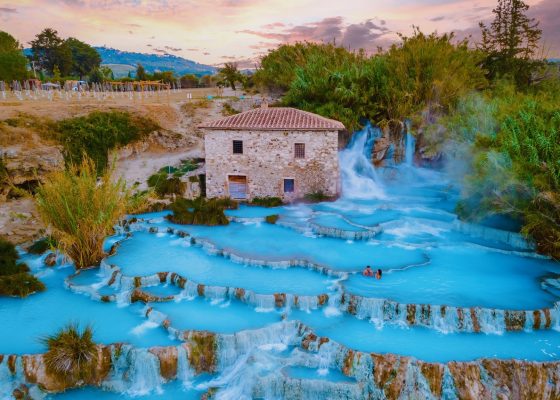


Cancel anytime


Using our website
You may use the The Middle Land website subject to the Terms and Conditions set out on this page. Visit this page regularly to check the latest Terms and Conditions. Access and use of this site constitutes your acceptance of the Terms and Conditions in-force at the time of use.
Intellectual property
Names, images and logos displayed on this site that identify The Middle Land are the intellectual property of New San Cai Inc. Copying any of this material is not permitted without prior written approval from the owner of the relevant intellectual property rights.
Requests for such approval should be directed to the competition committee.
Please provide details of your intended use of the relevant material and include your contact details including name, address, telephone number, fax number and email.
Linking policy
You do not have to ask permission to link directly to pages hosted on this website. However, we do not permit our pages to be loaded directly into frames on your website. Our pages must load into the user’s entire window.
The Middle Land is not responsible for the contents or reliability of any site to which it is hyperlinked and does not necessarily endorse the views expressed within them. Linking to or from this site should not be taken as endorsement of any kind. We cannot guarantee that these links will work all the time and have no control over the availability of the linked pages.
Submissions
All information, data, text, graphics or any other materials whatsoever uploaded or transmitted by you is your sole responsibility. This means that you are entirely responsible for all content you upload, post, email or otherwise transmit to the The Middle Land website.
Virus protection
We make every effort to check and test material at all stages of production. It is always recommended to run an anti-virus program on all material downloaded from the Internet. We cannot accept any responsibility for any loss, disruption or damage to your data or computer system, which may occur while using material derived from this website.
Disclaimer
The website is provided ‘as is’, without any representation or endorsement made, and without warranty of any kind whether express or implied.
Your use of any information or materials on this website is entirely at your own risk, for which we shall not be liable. It is your responsibility to ensure any products, services or information available through this website meet your specific requirements.
We do not warrant the operation of this site will be uninterrupted or error free, that defects will be corrected, or that this site or the server that makes it available are free of viruses or represent the full functionality, accuracy and reliability of the materials. In no event will we be liable for any loss or damage including, without limitation, loss of profits, indirect or consequential loss or damage, or any loss or damages whatsoever arising from the use, or loss of data, arising out of – or in connection with – the use of this website.
Last Updated: September 11, 2024
New San Cai Inc. (hereinafter “The Middle Land,” “we,” “us,” or “our”) owns and operates www.themiddleland.com, its affiliated websites and applications (our “Sites”), and provides related products, services, newsletters, and other offerings (together with the Sites, our “Services”) to art lovers and visitors around the world.
This Privacy Policy (the “Policy”) is intended to provide you with information on how we collect, use, and share your personal data. We process personal data from visitors of our Sites, users of our Services, readers or bloggers (collectively, “you” or “your”). Personal data is any information about you. This Policy also describes your choices regarding use, access, and correction of your personal information.
If after reading this Policy you have additional questions or would like further information, please email at middleland@protonmail.com.
PERSONAL DATA WE COLLECT AND HOW WE USE IT
We collect and process personal data only for lawful reasons, such as our legitimate business interests, your consent, or to fulfill our legal or contractual obligations.
Information You Provide to Us
Most of the information Join Talents collects is provided by you voluntarily while using our Services. We do not request highly sensitive data, such as health or medical information, racial or ethnic origin, political opinions, religious or philosophical beliefs, trade union membership, etc. and we ask that you refrain from sending us any such information.
Here are the types of personal data that you voluntarily provide to us:
As a registered users or customers, you may ask us to review or retrieve emails sent to your business. We will access these emails to provide these services for you.
We use the personal data you provide to us for the following business purposes:
Information Obtained from Third-Party Sources
We collect and publish biographical and other information about users, which we use to promote the articles and our bloggers who use our sites. If you provide personal information about others, or if others give us your information, we will only use that information for the specific reason for which it was provided.
Information We Collect by Automated Means
Log Files
The site uses your IP address to help diagnose server problems, and to administer our website. We use your IP addresses to analyze trends and gather broad demographic information for aggregate use.
Every time you access our Site, some data is temporarily stored and processed in a log file, such as your IP addresses, the browser types, the operating systems, the recalled page, or the date and time of the recall. This data is only evaluated for statistical purposes, such as to help us diagnose problems with our servers, to administer our sites, or to improve our Services.
Do Not Track
Your browser or device may include “Do Not Track” functionality. Our information collection and disclosure practices, and the choices that we provide to customers, will continue to operate as described in this Privacy Policy, whether or not a “Do Not Track” signal is received.
HOW WE SHARE YOUR INFORMATION
We may share your personal data with third parties only in the ways that are described in this Privacy Policy. We do not sell, rent, or lease your personal data to third parties, and We does not transfer your personal data to third parties for their direct marketing purposes.
We may share your personal data with third parties as follows:
There may be other instances where we share your personal data with third parties based on your consent.
HOW WE STORE AND SECURE YOUR INFORMATION
We retain your information for as long as your account is active or as needed to provide you Services. If you wish to cancel your account, please contact us middleland@protonmail.com. We will retain and use your personal data as necessary to comply with legal obligations, resolve disputes, and enforce our agreements.
All you and our data are stored in the server in the United States, we do not sales or transfer your personal data to the third party. All information you provide is stored on a secure server, and we generally accepted industry standards to protect the personal data we process both during transmission and once received.
YOUR RIGHTS/OPT OUT
You may correct, update, amend, delete/remove, or deactivate your account and personal data by making the change on your Blog on www.themiddleland.com or by emailing middleland@protonmail.com. We will respond to your request within a reasonable timeframe.
You may choose to stop receiving Join Talents newsletters or marketing emails at any time by following the unsubscribe instructions included in those communications, or you can email us at middleland@protonmail.com
LINKS TO OTHER WEBSITES
The Middle Land include links to other websites whose privacy practices may differ from that of ours. If you submit personal data to any of those sites, your information is governed by their privacy statements. We encourage you to carefully read the Privacy Policy of any website you visit.
NOTE TO PARENTS OR GUARDIANS
Our Services are not intended for use by children, and we do not knowingly or intentionally solicit data from or market to children under the age of 18. We reserve the right to delete the child’s information and the child’s registration on the Sites.
PRIVACY POLICY CHANGES
We may update this Privacy Policy to reflect changes to our personal data processing practices. If any material changes are made, we will notify you on the Sites prior to the change becoming effective. You are encouraged to periodically review this Policy.
HOW TO CONTACT US
If you have any questions about our Privacy Policy, please email middleland@protonmail.com
The Michelin brothers created the guide, which included information like maps, car mechanics listings, hotels and petrol stations across France to spur demand.
The guide began to award stars to fine dining restaurants in 1926.
At first, they offered just one star, the concept was expanded in 1931 to include one, two and three stars. One star establishments represent a “very good restaurant in its category”. Two honour “excellent cooking, worth a detour” and three reward “exceptional cuisine, worth a
Thank you for your participation,
please Log in or Sign up to Vote

123Sign in to your account